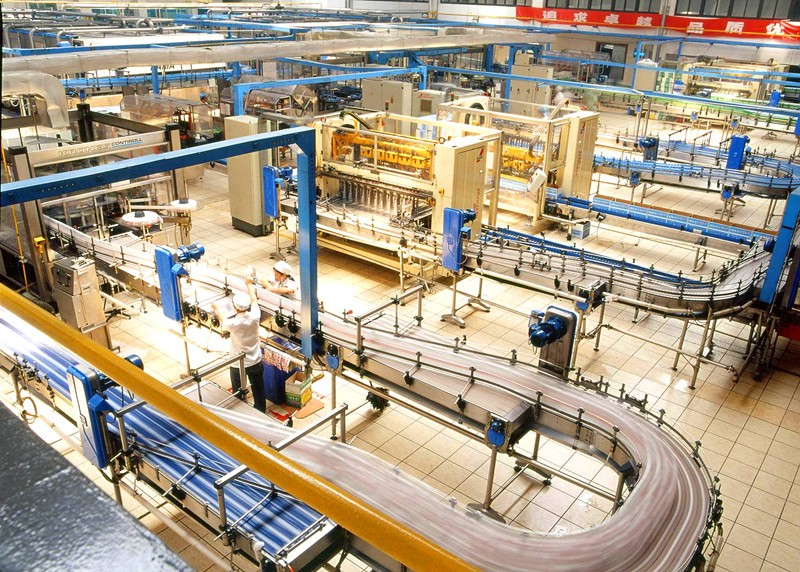The emergence of intelligent robots will certainly change the traditional logistics operation mode, including: reducing the time from order to delivery. Robots will make it easier to transfer orders from production facilities to sorting robots to pallets to packaging, size pricing to loading docks to containers; reduce errors and the need for reverse logistics; robots record large amounts of data and review them with precision. The ability of data to search for mistakes will undoubtedly reduce the occurrence of order information errors in the logistics process, and the demand for reverse logistics will be reduced; reducing the labor burden, the use of robots will reduce the manual labor that employees undertake, such as long-term walking , handling and handling of overweight products, etc. In addition, robots do not need food and water, can work around the clock, and can connect with other devices through the Internet, which will have a major impact on the traditional logistics model.
With the rapid development of e-commerce and the dramatic increase in logistics volume, as well as the rapid increase in land and labor costs, intelligent logistics equipment has shown irreplaceable advantages in terms of saving warehouse space and improving logistics efficiency. Intelligent transport equipment Has become an indispensable practical tool for the logistics industry. These transport tools send raw materials, parts and other items to the production station, making the installation process more smooth.

Development status of logistics robots
At present, more and more “robots†are flooding into the logistics field. Logistics personnel only need to use hand-held terminals. According to the commands stored in the computer system, the storage robots will complete the goods with the shortest route and the most economic time. Delivery area.
At present, the robots used in logistics have developed into three generations. The first-generation logistics robots are mainly based on conveyor belts and related machinery. They are prototypes of robots, and the transformation from manual to automation is realized.
The second-generation robots mainly use automatic guided vehicles (AGVs) as the representative equipment. They can carry out functions such as carrying them through autonomously moving vehicles. The Amazon Kiva robot is the representative. This type of robot relies on the AGV technology and essentially still needs to be manually picked. The efficiency of cargo operations still needs to be improved.
On the basis of the second generation, the third-generation robots have added artificial robots, robotic arms, vision systems, and intelligent systems to provide more friendly human-computer interaction interfaces, and are better connected with existing logistics management systems. Implementation efficiency and accuracy. For example, robotic products such as Fetch&Freight have realized the transition from automation to intelligentization. They consist of mobile bodies, robot arms, and manipulators. They have a high degree of autonomy and can perform various functions such as object recognition, grabbing, sorting, and transportation. .
Dog Fence,Wire Fence,Petsafe Fence,Best Wireless Dog Fence
Elite-tek Electronics Ltd , https://www.aetertek.ca
